Never miss a thing
New boots. New innovations. New events. We've got a lot going on. So you're going to want to stay in the know.
Product
Sustainability
October 24, 2023
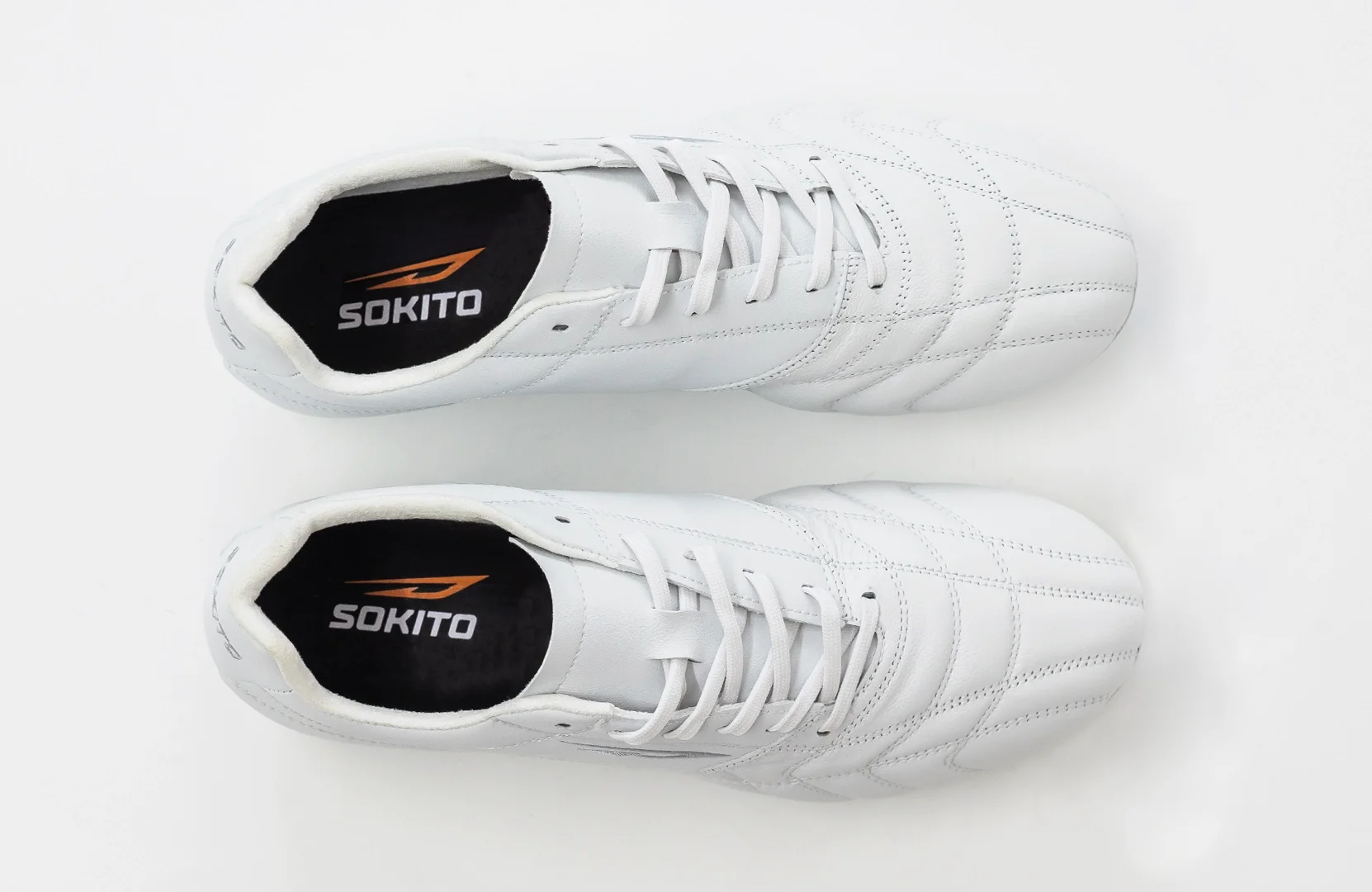
You might look at Sokito and think: why did you bother to make an eco-friendly boot? Surely shoes can’t be that big of a problem? There must be bigger environmental issues that need tackling out there?
Well, you’d be wrong. More than 12 million football boots end up in landfill every single year. And that’s just from Europe and the US. If that doesn’t shock you, are you good?
Not only is it a travesty that these materials sit unused on top of thousands of tonnes of other rubbish (which is why we started our own recycling scheme), but they also infuse the earth with toxic fluids. As the plastics in them break down, which can take up to 1000 years, they release chemicals that harm the environment even further. And guess what? Most football boots contain a sh*t ton of plastic.
Read more
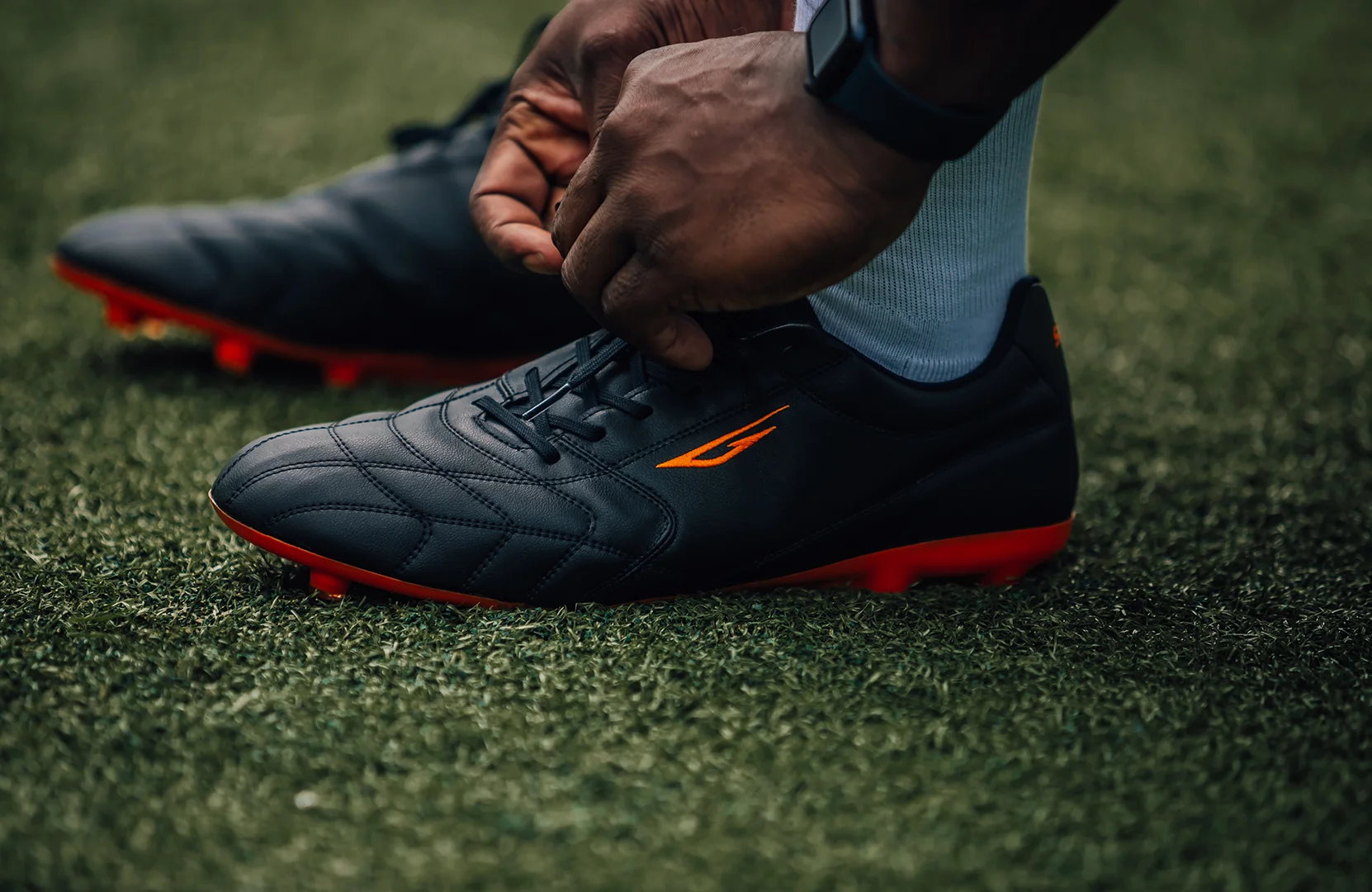
So, there’s a bit of context for why we decided to make an eco-friendly football boot. But that’s not to say it was smooth sailing. Turns out it’s much easier to go for the cheap-and-not-so-cheerful route than it is to blaze your own path. We did years of research into recycled and bio-based materials to make sure they have the same feel and performance as their less eco-friendly counterparts.
The result? A boot that is made from at least 56% eco-friendly materials: more than any other in the world. But for us, that’s still not good enough. Currently,
we’re limited by the technology available to us. But with every passing year, new, innovative materials are entering the market, making it easier and easier for football boot companies to move away from harmful pollutants.
In this article, we’ll take you through a few hard nos when it comes to boot materials: telling you a bit about how they’re made and why they aren’t worth your hard-earned cash. Plus, we’ll give you a sneak peek into the insanely innovative materials that are truly changing the game.
So, let's start with the 'nays'. The fabrics that cause the most damage to our planet. The ones that pretty much the entire football industry still uses in their masses:
Read more
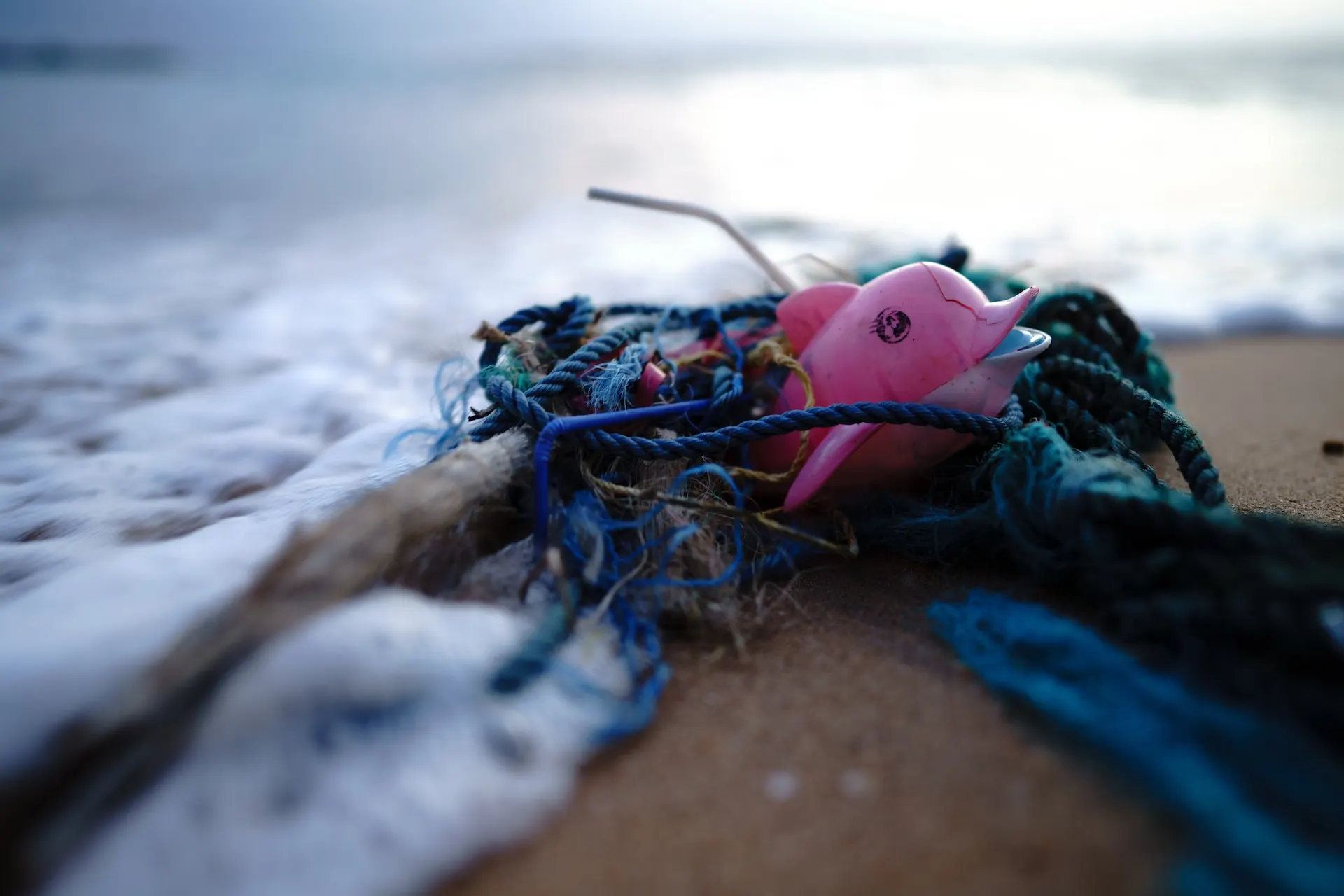
What is it?
You may see the word ‘virgin’ and think pure or innocent, but virgin plastic is neither of these things. This is new plastic created from a petrochemical feedstock, such as natural gas or crude oil, which has never been used or processed before. That means it’s the worst of the worst. New plastic that will take thousands of years to decompose.
How is it made?
We won’t bore you with a detailed step by step on how plastic is made, so instead we’ll whittle it down to the main points. It’s mostly made from crude oil, also known as petroleum, which is a huge contributor to climate change. Then, with a bunch of scientific methods, it’s turned into polymer pellets, the most common being polyester and nylon. These are then melted with other materials to create different types of plastics.
Where is virgin plastic being used?
Where isn’t it?! Most football brands include virgin plastic in almost every part of the boot. From the soleplate all the way through to the thread. And why do they do that? Well, in many ways, it’s the ideal material: it’s cheap to produce, easy to mould and has a multitude of uses. But its damage far outweighs its benefits, so it’s time to put down the petroleum and adopt new methods.
Read more
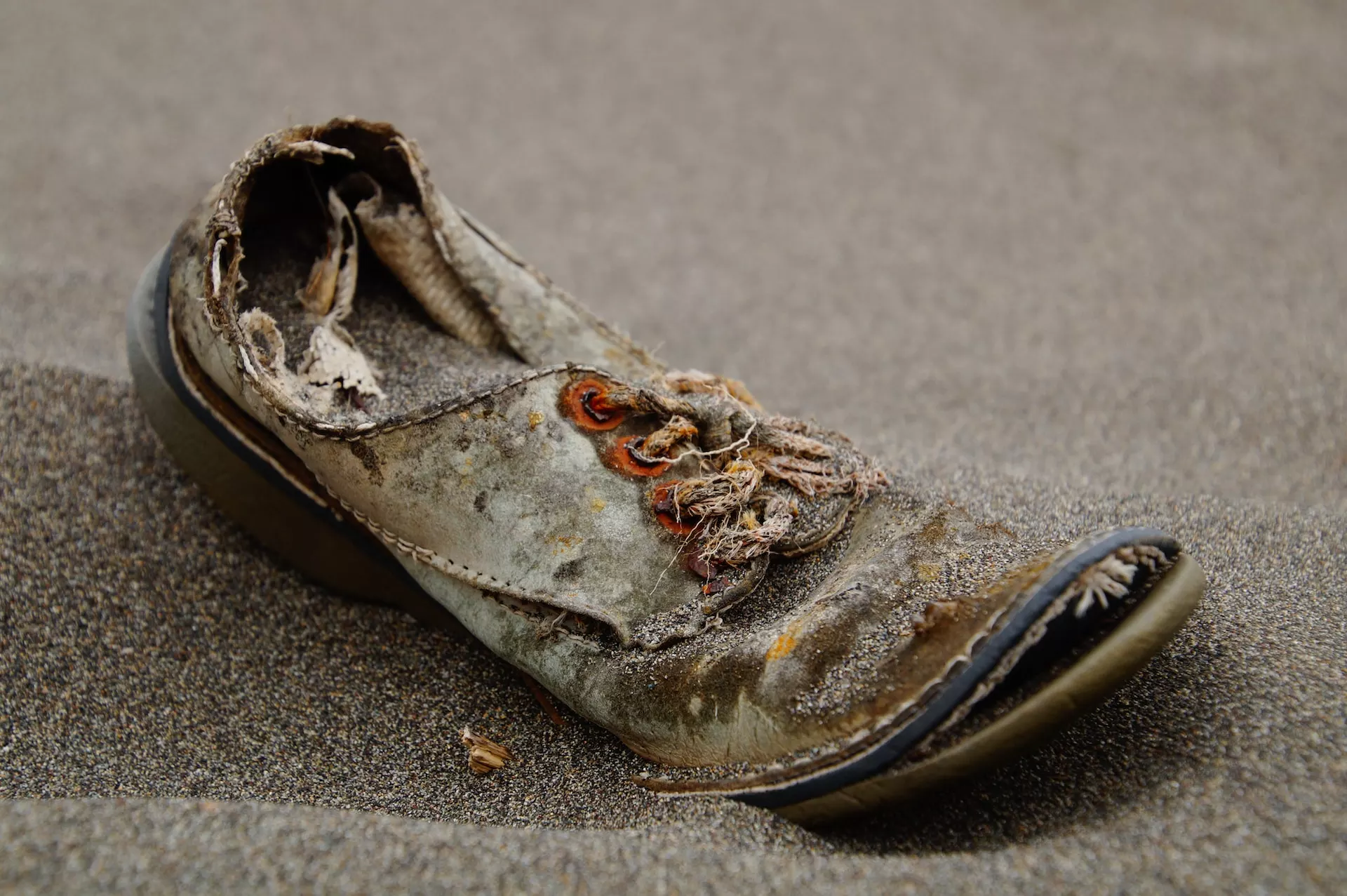
What is it?
If you thought virgin plastic was bad, get ready for TPU. Like normal plastic on steroids, this souped up material is thicker, hardier and has a variety of uses. Most notably, it has a rubber-like elasticity, which is why it has been so popular for footwear.
How is it made?
We’re not going to lie to you: we have no idea how this is made. A Google search gave us this answer: ‘Thermoplastic polyurethane is obtained from the reaction of polyols (polyester polyether or polycarbonate based), diisocyanates and short-chain diols. Additives can be added to these to achieve special properties.’ What does that mean? We have no idea. Basically, it’s very unnatural, and involves a lot of chemicals.
Where is TPU being used?
You’ll usually find that the soleplate and studs of a boot are made from TPU, due to its durability. However the uppers can also be made from it too. Nowadays, people have found bio-based ways to produce TPU (which we’ll talk more about later), however there is still a lack of transparency when it comes to the percentage of bio-based to crude-oil-based TPU that brands use.
Read more

What is it?
It’s all in the name. Young cows that are reared and killed for their soft skin. And as damaging industries go, the cow industry is up there as the worst. Not only do cows produce methane, which contributes to the warming of the planet, but the land needed to grow crops to feed them far outweighs the crops used to feed humans. In fact, between 2001-2015 the cattle
industry accounted for 36% of tree cover loss globally.
How is it made?
Once an animal's skin is removed, it is preserved through a process called 'tanning', which uses strong chemicals to prevent the skin from decomposing. It’s then cut into the right shapes, moulded and sewn into place.
Where is leather being used?
Leather is used on the main body of the boot, and is often thought of as being the ‘comfortable’ option. Of course, humans have used leather for thousands of years, as a way of utilising a natural resource to protect themselves from the elements. The scale in which leather is produced nowadays, however, is completely unsustainable.
Honourable mention: Electroplating.
This is when the boot is coated in a chrome-like finish using an electric current. It’s immensely power-intensive, uses a sh*t ton of water, and the effect barely lasts a couple of wears.
Read more
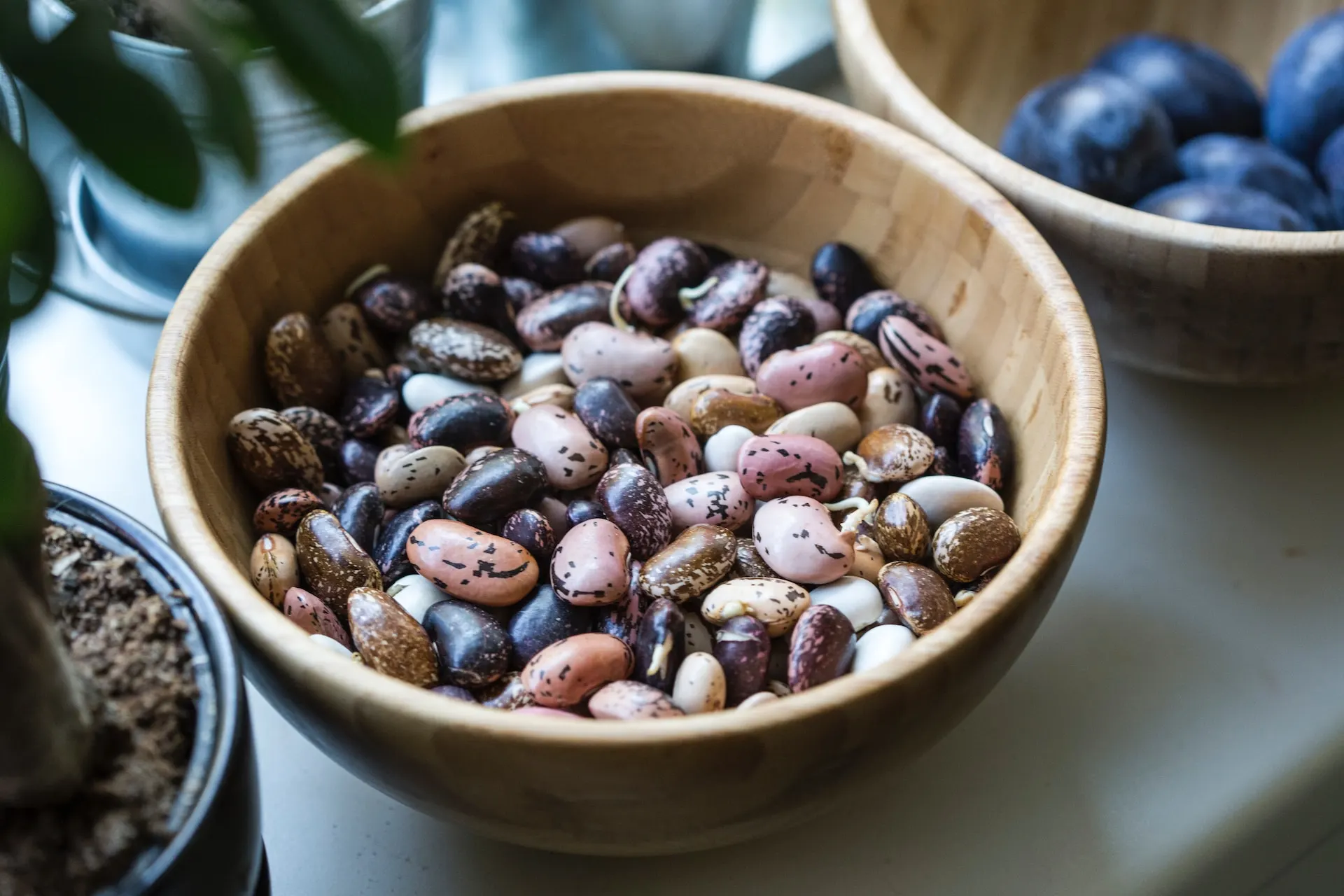
What is it?
Bio-based plastics are fully or partially made from biological resources, rather than fossil fuel-based raw materials. This reduces the need to drill and burn fossil fuels, making them a renewable resource. For each bio-based material, there is a different level of human synthesization, but what joins them together is their ability to be created from natural sources.
How is it made?
At Sokito, we use bio-based plastic in our soleplates, which is created using oil from castor beans. The process is much less harmful than the creation of normal nylon (which creates nitrous oxide, a greenhouse gas that is 300 times more potent than carbon dioxide.) Though it is naturally made, it can still take a long time to decompose, so they aren’t perfect yet, but it’s by far a better choice than any of the ‘nays’.
Where can you find it on our boot?
We use bio-based plastic on our soleplate, which keeps it durable but flexible.
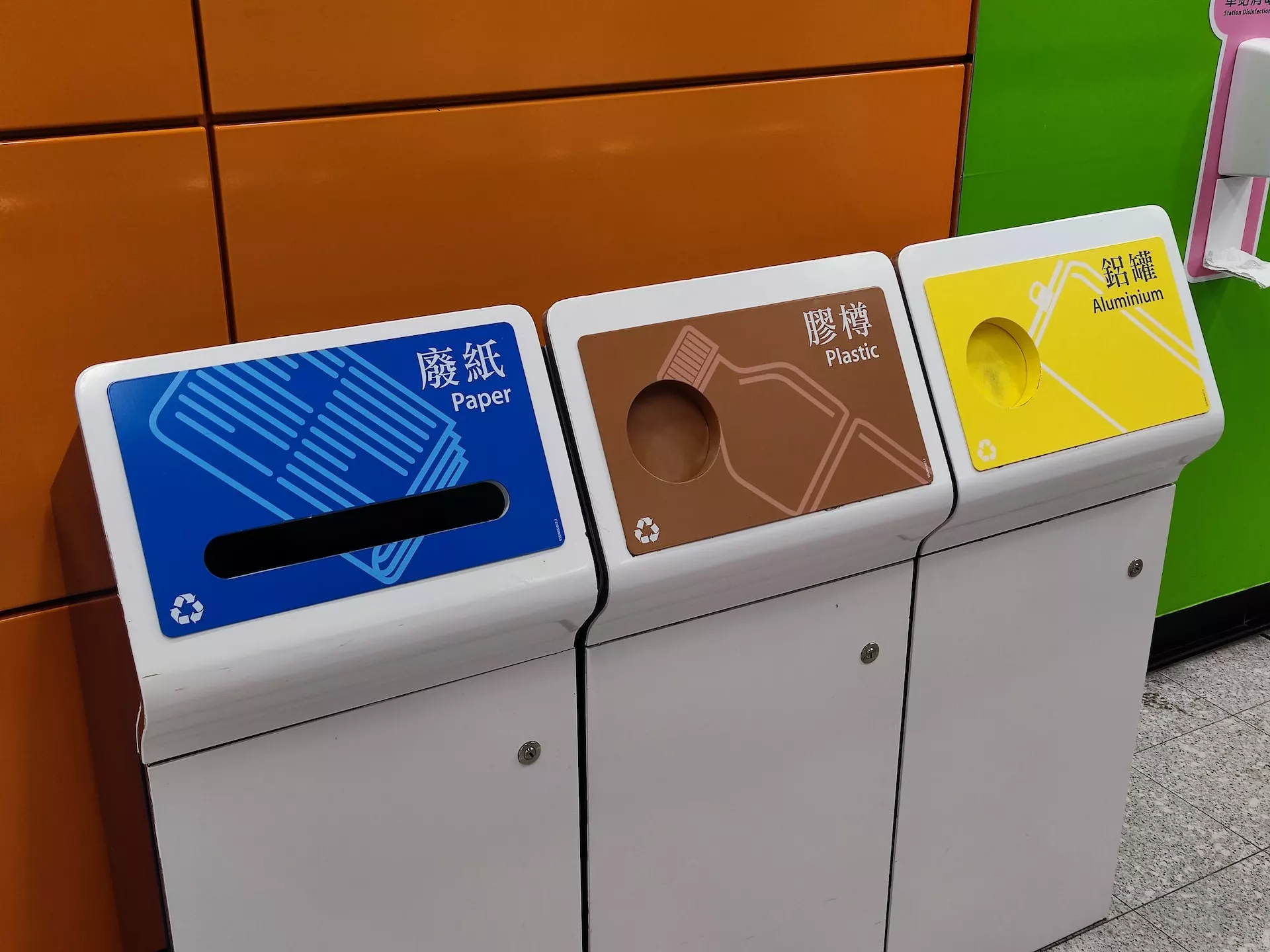
What is it?
Recycled materials can be made from plastic bottles or old nylon, like carpets, rubber and even aluminium. Each of these things have a different lifecycle, and materials like plastics can only be recycled a certain amount of times before they lose their structure. Aluminium, on the other hand, can be infinitely recycled, so there’s no excuse not to put it into your recycling bin.
How is it made?
For each material, the process is slightly different, however for most, the components are shredded, melted, then moulded into its new shape.
Where can you find it on our boot?
We use recycled plastic and rubber in the upper, insole, laces, eco-suede, inner lining, heel counter and the stitching thread.

What is it?
These are the OGs. The fabrics made directly from nature - hardly any human intervention required. These are things like cotton, bamboo and seaweed. Of course, you have to make sure that the growing of these natural resources doesn’t impact local environments, use excessive natural resources (like some cotton does with water) and that the people farming are paid a fair wage, but at the end of the day, nature provides the best resources. Cellulosics, made from bamboo and trees, is another example of these type of materials, with some companies are even starting to play around with spider webs and algae to produce it.
How is it made?
Seed. Water. Sun. You know the drill. Then it’s separated out depending on the material: cotton and bamboo are spun, whereas seaweed turned into a fine powder which can be made into plastic-like materials.
Where can you find it on our boot?
Our upper reinforcement is made from cellulose, which consists of 100% waste paper fibres.
This really is the tip of the iceberg. New materials are being manufactured every day to help make the fashion industry more sustainable: removing fossil fuels and toxic chemicals wherever possible. These cutting-edge fabrics not only reduce our impact on the planet, but are even overtaking some of the older materials when it comes to performance.
Of course, we know these won’t solve all of the world’s problems. Although bio-based plastics are less impactful to create, they can involve an intensive process to ensure they’re durable enough for wear. Recycled materials are hit and miss when it comes to the process for each. And natural materials come with the added worry of potentially cutting down rainforests to plant the necessary crops. It’s also worth noting that a lot of the more eco-friendly materials need to be combined with virgin materials to maintain consistent performance. And, well, some of the materials just don’t have high performance alternatives just yet.
So, they’re not perfect. But they’re better. And they’ll continue to get better as more time and money goes into them. As people switch over, the alternatives improve, and we can all improve with them. However, it can also lead to a hell of a lot of greenwashing…
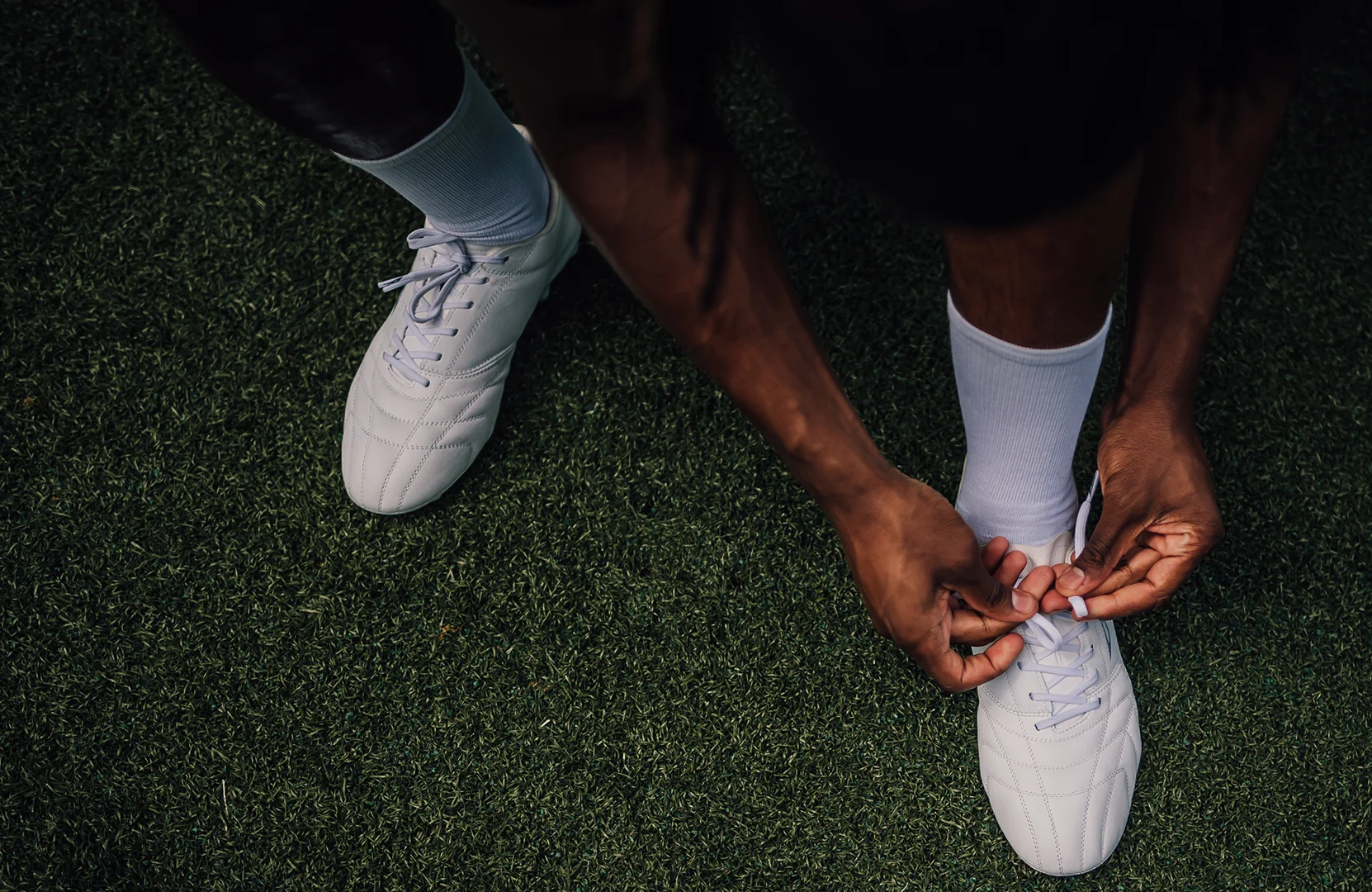
Greenwashing is when a company claims to be green or eco-friendly, when actually a disproportionate amount of their company or product still continues to pollute.
We tried to look into some of the current boots on the market, but we hit a wall. Okay, so you include some recycled plastic, but how much? And you say your boots use less water to make, but how much less? When the detail is lacking, question it, because usually it means something is being hidden.
If you want to know what goes into our boots, be our guest. Just scroll to the bottom of our product page and have a gander.
So what have we learned? Scientists are clever. The alternatives are out there. Big companies lie. And football boots can be made from seaweed. It’s been quite a ride. Stay on the journey with us as we continue to evolve and improve the materials we use to make Sokito boots. We’re on a mission to use 100% eco-friendly products and we won’t stop until we get there.
Matilda Godson
October 24, 2023